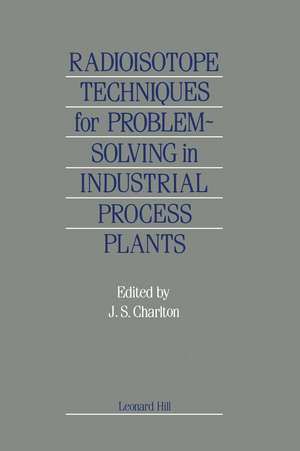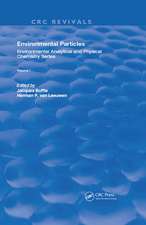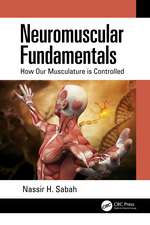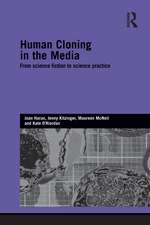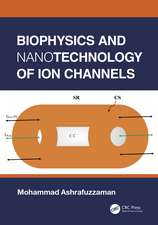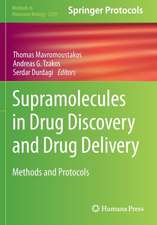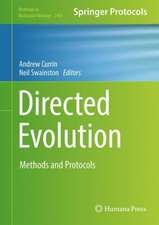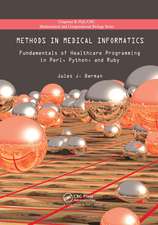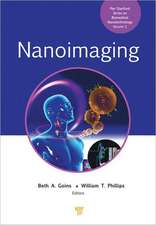Radioisotope Techniques for Problem-Solving in Industrial Process Plants
Autor J.S. Charltonen Limba Engleză Paperback – 19 noi 2011
Preț: 389.49 lei
Nou
Puncte Express: 584
Preț estimativ în valută:
74.55€ • 81.01$ • 62.66£
74.55€ • 81.01$ • 62.66£
Carte tipărită la comandă
Livrare economică 22 aprilie-06 mai
Preluare comenzi: 021 569.72.76
Specificații
ISBN-13: 9789401083065
ISBN-10: 9401083061
Pagini: 336
Ilustrații: 328 p.
Dimensiuni: 152 x 229 x 18 mm
Greutate: 0.45 kg
Ediția:Softcover reprint of the original 1st ed. 1986
Editura: SPRINGER NETHERLANDS
Colecția Springer
Locul publicării:Dordrecht, Netherlands
ISBN-10: 9401083061
Pagini: 336
Ilustrații: 328 p.
Dimensiuni: 152 x 229 x 18 mm
Greutate: 0.45 kg
Ediția:Softcover reprint of the original 1st ed. 1986
Editura: SPRINGER NETHERLANDS
Colecția Springer
Locul publicării:Dordrecht, Netherlands
Public țintă
ResearchCuprins
1 Radioisotopes in industry.- 1.1 Introduction.- 1.2 Historical perspective.- 1.3 Current uses of radioisotopes in problem-solving.- 1.4 Growth trends and the future.- References.- 2 The basic physics of radioactivity.- 2.1 Introduction.- 2.2 The structure of the atom.- 2.3 Isotopes.- 2.4 Ionizing radiations.- 2.5 Important concepts in radioactivity.- 2.6 Properties of radiations—interactions with matter.- Select bibliography.- 3 Radiation detection.- 3.1 Introduction.- 3.2 Methods of detection.- 3.3 The Geiger counter in more detail.- 3.4 The scintillation counter in more detail.- 3.5 Pulse processing equipment.- 4 Radioactive sources.- 4.1 Production of radioactive sources.- 4.2 Radioisotopes from natural sources.- 4.3 Fission products.- 4.4 Neutron activation.- 4.5 Cyclotrons and accelerators.- 4.6 Radionuclide generators.- References.- 5 Biological effects of radiation.- 5.1 Introduction.- 5.2 Ionizing radiations.- 5.3 Harmful effects of radiation: historical perspective.- 5.4 Radiological protection: historical perspective.- 5.5 Radiation dose.- 5.6 The hazards of ionizing radiations.- 5.7 Dose and risk.- 5.8 ICRP recommendations.- 5.9 Doses in perspective.- 5.10 Conclusions.- References.- 6 Radiological protection.- 6.1 Protection against external radiation.- 6.2 Protection against internal radiation.- 6.3 Conclusions.- 7 Radioactive tracer applications.- 7.1 Half-life.- 7.2 Specific activity.- 7.3 Type of radiation.- 7.4 Energy of radiation.- 7.5 Physical and chemical behavior.- 7.6 Planning a radioisotope tracer investigation.- References.- 8 Measurement of flow using radioactive tracers.- 8.1 Introduction.- 8.2 Pulse velocity method.- 8.3 Dilution methods.- 8.4 Application of radiotracer flow methods.- References.- 9 Measurement of residence times andresidence-time distributions.- 9.1 Introduction.- 9.2 Flow through ideal reactors.- 9.3 Flow through non-ideal reactors.- 9.4 Models for non-ideal flow.- 9.5 Calculation of parameters.- 9.6 Diagnosing malfunctions of process equipment.- 9.7 Equipment arrangement for measurement of RTD using radiotracers.- 9.8 Case histories.- References.- 10 Leakage detection.- 10.1 Introduction.- 10.2 Leak detection techniques.- 10.3 Description of radiotracer techniques.- 10.4 Detection equipment.- 10.5 Case histories.- 11 Miscellaneous radiotracer applications.- 11.1 Mixing and blending studies.- 11.2 Measurement of volume.- 11.3 Ventilation studies using radioisotopes.- 11.4 Line pigging.- 11.5 Corrosion and wear studies.- References.- 12 Sealed-source applications.- 12.1 Introduction.- 12.2 Types of sealed source.- 12.3 Selection of measurement techniques.- References.- 13 Gamma-ray absorption techniques.- 13.1 Introduction.- 13.2 Equipment for plant applications.- 13.3 Thickness measurement.- 13.4 Density measurement.- 13.5 Measurement of mass per unit area.- 13.6 Case histories.- References.- 14 Radiation scattering techniques.- 14.1 Introduction.- 14.2 Radiation scattering processes.- 14.3 Industrial applications.- 14.4 Case studies.- References.- 15 Neutron techniques.- 15.1 Introduction.- 15.2 Neutron interactions.- 15.3 Techniques based upon neutron moderation.- 15.4 Neutron absorption techniques.- 15.5 Neutron activation techniques.- 15.6 Radiological protection aspects.- 15.7 Case histories.- References.- Appendix: Radiation measurement—statistical considerations.- A.1 Introduction.- A.2 Counting statistics.- A.3 Correlation of sets of observations.- A.4 Precision of a single measurement.- A.5 Standard deviation of a ratemeter.- A.6 Error propagation.- A.7 Effect ofbackground.- A.8 Statistics of pulse height distributions.- A.9 Detector efficiency.- References.
